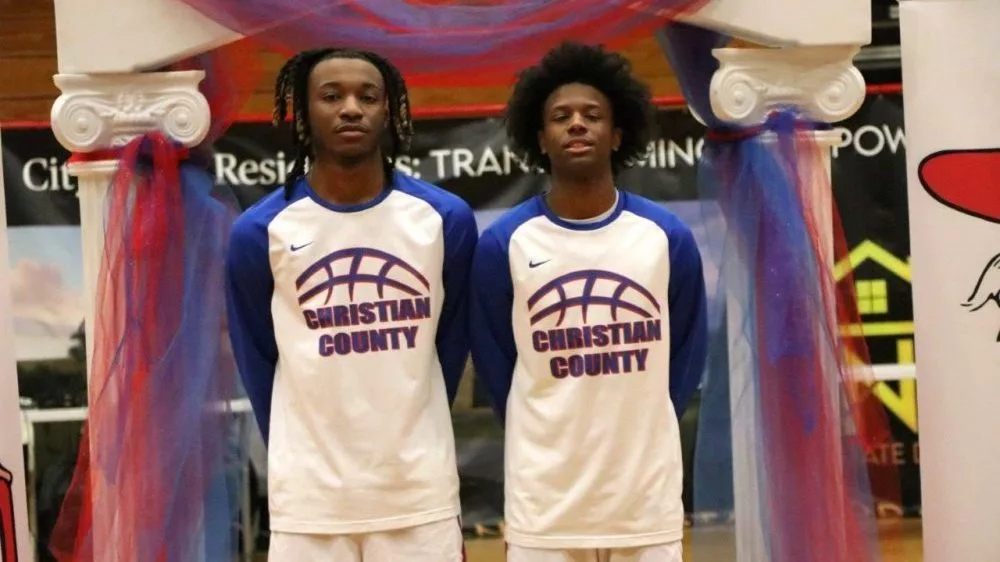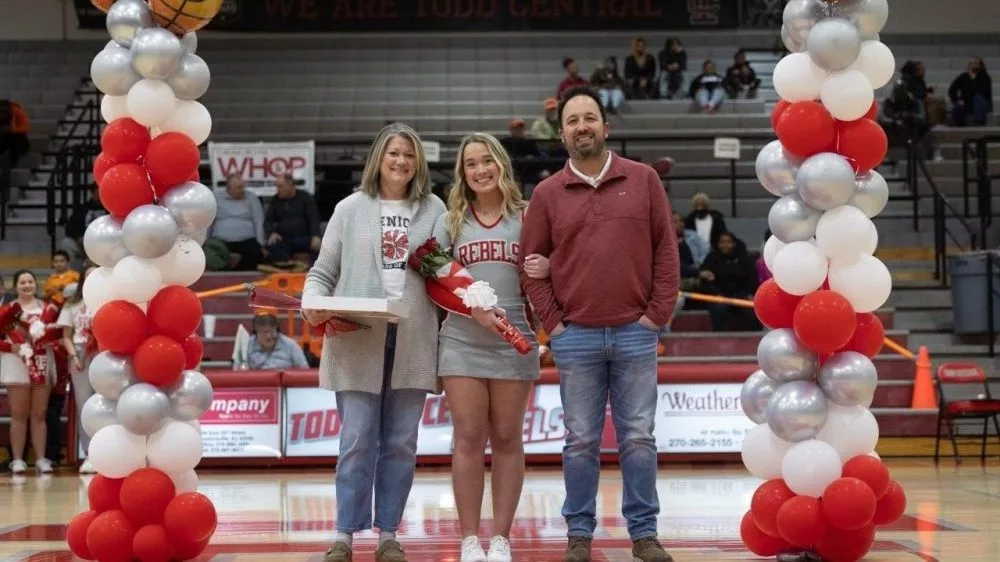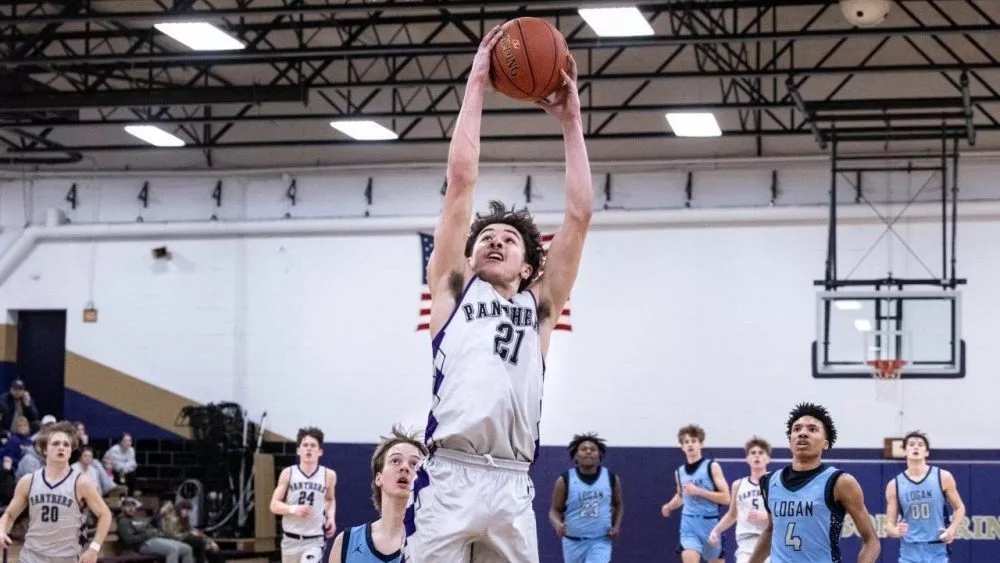
In order to provide better access to hyperbaric oxygen therapy for veterans with traumatic brain injuries, officials with Jennie Stuart Health have found a solution.
Earlier this week, they announced a partnership with Healogics, Inc., and the Louisville non-profit Hyperbaric Oxygen Treatment for Kentucky Veterans, Inc., making Jennie Stuart Health the fourth hospital in the state to offer such treatment to veterans.
At least 12,000 veterans with these injuries live in the Commonwealth, and as such, should benefit.
The treatment program involves 40 one-hour sessions, or more, where once a day, the participant breathes 100% oxygen in a pressurized chamber. And this reportedly accelerates brain tissue healing by increasing the oxygenation of the blood stream at concentrations between 700% and 1,100%.
The non-profit is funding treatments through a partnership with Kentucky and its Department of Veterans Affairs, effective until June 30, 2026.
Across the country, more than 20 successful clinical trials have been completed since 2007, with more than 1,000 veterans and patients safely experiencing those treatments. And to date, 10 states have enacted legislation funding more than $33 million for such care.
Enacted in 2018, Kentucky law has ruled that a veteran is eligible for hyperbaric oxygen therapy if they have a traumatic brain injury diagnosis from a health care provider, a medical prescription written for such therapy by a provider, and written consent from the veteran for its implementation.
To apply, veterans can visit: hbot4kyvets.com.
A Medal of Honor recipient from President Lyndon B. Johnson following the Vietnam War, Sgt. Sammy Lee Davis was originally wounded during a November 1967 engagement — where a broken back didn’t prevent him from firing shells from a Howitzer, nor cross a river by air mattress to rescue three wounded comrades.
A 1984 retiree, Davis received this treatment much later in life…and discovered recovery he, and his wife Dixie, had never before felt, nor observed.
Another recent recipient, a soldier identified as “Jim,” said he frankly “wasn’t sure it was going to work,” but opted to give 20 sessions a try through this non-profit support.
By treatment No. 10, Jim said he could note a remarkable difference in his quality of life.
More than 100 veteran testimonials can be viewed on YouTube through www.youtube.com/@treatnowdotorg.
According to most medical practitioners, there are two broad types of head injuries: penetrating and non-penetrating.
The former happens when an object pierces the skull and enters brain tissue. The latter occurs when an external force is strong enough to move the brain within the skull, and is often referred to as blunt force trauma.
Signs and symptoms of a TBI, or traumatic brain injury, are commonly, but not limited to, headaches, dizziness, confusion, fatigue, frustration, irritability, convulsions or seizures, blurred and double vision, unequal pupil size and dilation, nausea, vomiting and neurological problems like slurred speech, loss of balance and weakness in one’s appendages.





